You’re not alone if you’ve set up a pfSense firewall box and created a few VLANs but suddenly find that your VLANs cannot access the internet. This issue is quite common, and there are several reasons why it might be happening. This post will cover pfSense VLAN cannot access Internet resources.
Understanding VLANs and pfSense
pfSense is a powerful open-source firewall and router software based on FreeBSD. It’s highly customizable and offers advanced features, such as VLAN support.
VLANs are useful for segmenting networks, improving security, and managing traffic efficiently.
However, although necessary, these do add some complexity to the network configuration as you need to pay attention to how your switch port VLANs are configured.
Any new interface or VLAN configuration added to the pfSense firewall must be tagged on the switch.
Below, we are creating the new VLAN interface in pfSense. First, you select the parent interface and assign the VLAN tag.
The new VLAN interface has been created.
We need to add the new VLAN as an interface.
The interface also must be enabled.
Apply changes that need to be applied to the pfSense installation.
Assign an interface IP address and set the subnet mask to match the range of addresses you want to host on this network.
Make sure to change the subnet from a slash 32 network. If you don’t, you will not see the DHCP Server option appear for this new VLAN network.
However, it is not unique to pfSense as other firewalls have similar configuration requirements, as these are just basic networking considerations for the most part.DHCP Server Configuration
One possible reason for the issue is an incorrectly configured DHCP server.
The DHCP server assigns IP addresses to devices on your network. Make sure your DHCP server is properly set up for each VLAN.
1. Navigate to the pfSense web interface.
2. Click on “Services” and then “DHCP Server.”
3. Ensure that the DHCP server is enabled for each VLAN and that the correct subnet, range of IP addresses, and default gateway are configured.
Note the DHCP server settings in pfSense below.
Checking Firewall Rules
Another possible cause of the issue is improperly configured firewall rules. pfSense uses rules to determine how to handle incoming and outgoing network traffic.
You need to create appropriate firewall rules to allow your VLANs to access the internet.
1. Go to “Firewall” and then “Rules” in the pfSense web interface.
2. Select the appropriate VLAN interface from the list.
3. Check if existing rules allow outbound traffic to the WAN interface. If not, create a new firewall rule allowing traffic from the VLAN subnet to any destination.
Review and adjust any firewall rules that might block your VLANs’ internet access. You can also check the firewall logs for any denied traffic that might point to the issue.
Verifying NAT Rules
Network Address Translation (NAT) rules are crucial for allowing multiple devices on your VLANs to share a single public IP address provided by your ISP.
Check if your pfSense box has the correct NAT rules configured:
1. Navigate to “Firewall” and then “NAT” in the pfSense web interface.
2. Ensure that each VLAN has NAT rules, allowing traffic from the VLAN subnet to the WAN interface.
Default route and gateway settings
A misconfigured default route or routing issue could also cause the Internet access issue. Verify that your VLANs are using the correct default gateway and any static route you have configured is set up properly:
1. Go to “System” and then “Routing” in the pfSense web interface.
2. Check if the default gateway for each VLAN is correctly configured.
3. Review any static routes you may have set up to ensure they’re not causing conflicts.
Internet access
Once you’ve checked and adjusted your DHCP server, firewall rules, NAT rules, and routing settings test your VLANs’ internet connectivity.
You can use the ping command from a PC or other device connected to the VLAN to check if it can reach the internet.
If you still cannot access the internet, it is always a good idea to double-check check settings on your switch, ensuring that switch ports are correctly tagged with the correct VLANs and checking for any issues with your ISP.
Advanced Troubleshooting: Analyzing Logs and Diagnostics
If you’ve followed the previous steps but your VLANs still cannot access the internet, it’s time to dive deeper into diagnostics and log analysis to identify the issue.
Firewall Logs
Firewall logs can provide valuable insights into blocked or allowed traffic. Analyze these logs to identify any patterns or discrepancies causing the problem.
1. Go to “Status” and “System Logs” in the pfSense web interface.
2. Click on the “Firewall” tab to view the firewall logs.
3. Look for any blocked or denied packets from your VLANs, as this could indicate a firewall rule issue that needs to be addressed.
Packet Capture
Packet capture is a powerful diagnostic tool that allows you to analyze the network traffic passing through your pfSense box. By monitoring the traffic on your VLAN interfaces, you can identify any routing issues, incorrect firewall rules, or other anomalies.
1. Navigate to “Diagnostics” and then “Packet Capture” in the pfSense web interface.
2. Select the appropriate VLAN interface and configure the capture settings.
3. Start the packet capture and analyze the results for any potential issues.
DNS Configuration
Another potential cause for the “pfSense VLAN cannot access Internet” issue could be an incorrect DNS configuration. Check your VLANs’ DNS settings and ensure they are properly configured.
1. Go to “System” and then “General Setup” in the pfSense web interface.
2. Verify that the DNS servers are correctly configured for your VLANs and that the “DNS Server Override” option is set according to your network requirements.
Management VLAN and Native VLAN Configuration
In some cases, the issue could be related to the Management VLAN or Native VLAN configuration on your switch.
Ensure that these VLANs are correctly configured, and that the appropriate switch ports are tagged or untagged as necessary.
1. Log in to your switch’s management interface.
2. Check the Management VLAN and Native VLAN settings.
3. Ensure that switch ports connected to the pfSense box and other devices are properly configured with the correct VLAN settings.
4. SSH into your pfSense box and run ping commands from the firewall itself, which can help pinpoint issues outside of the client
LAN and WAN Interface Configuration
A misconfiguration of the LAN interface or WAN interface on your pfSense box could also result in VLANs being unable to access the internet. Double-check the settings for these interfaces:
1. Go to “Interfaces” and then “Assignments” in the pfSense web interface.
2. Verify that the LAN and WAN interfaces are correctly configured with the appropriate IP addresses, subnets, and gateways.
Final Thoughts
The “pfSense VLAN cannot access Internet” issue can be complex and challenging to troubleshoot. However, by methodically examining your DHCP server, firewall rules, NAT rules, routing settings, logs, and other configurations, you can identify and resolve the problem.


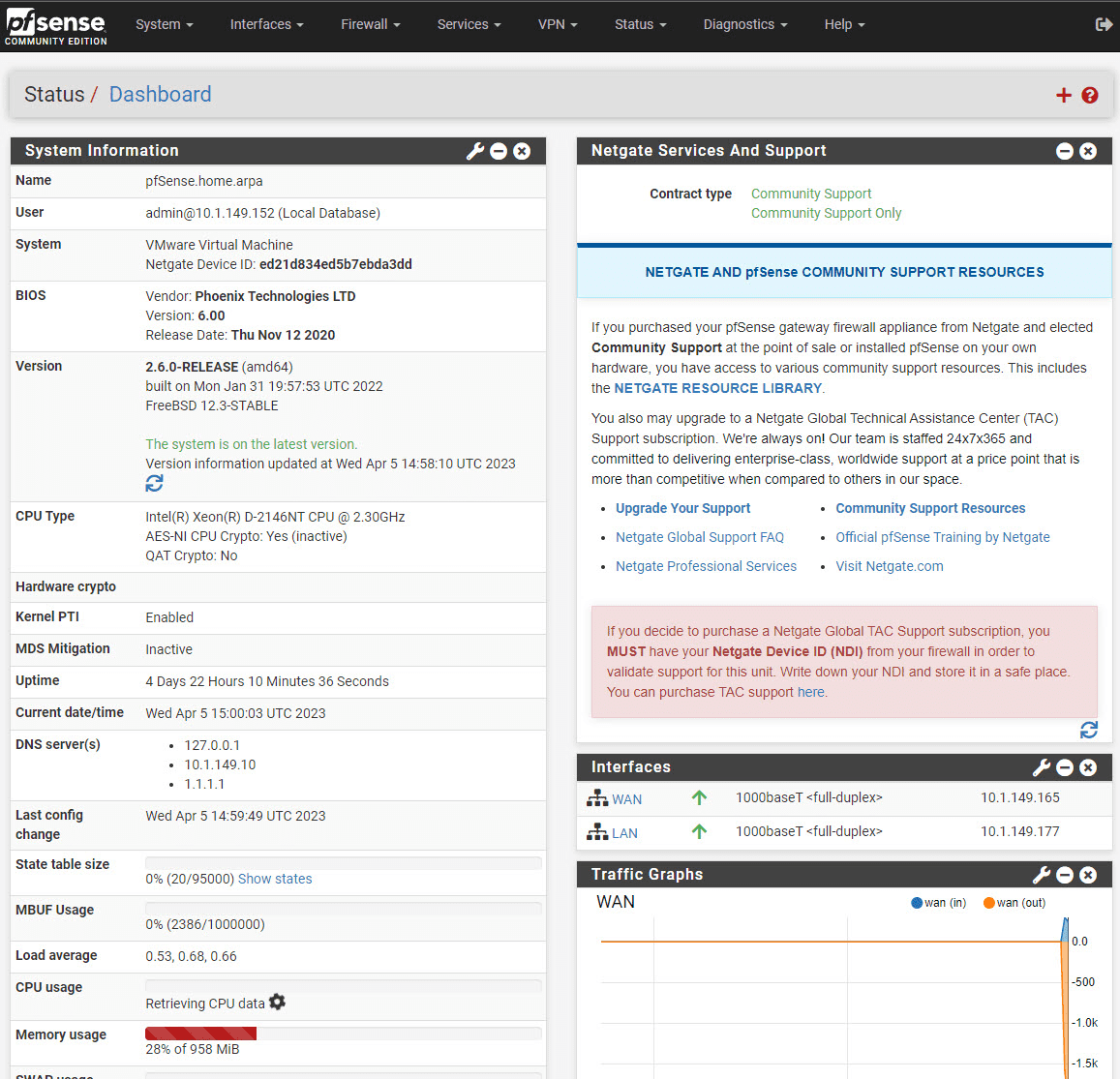
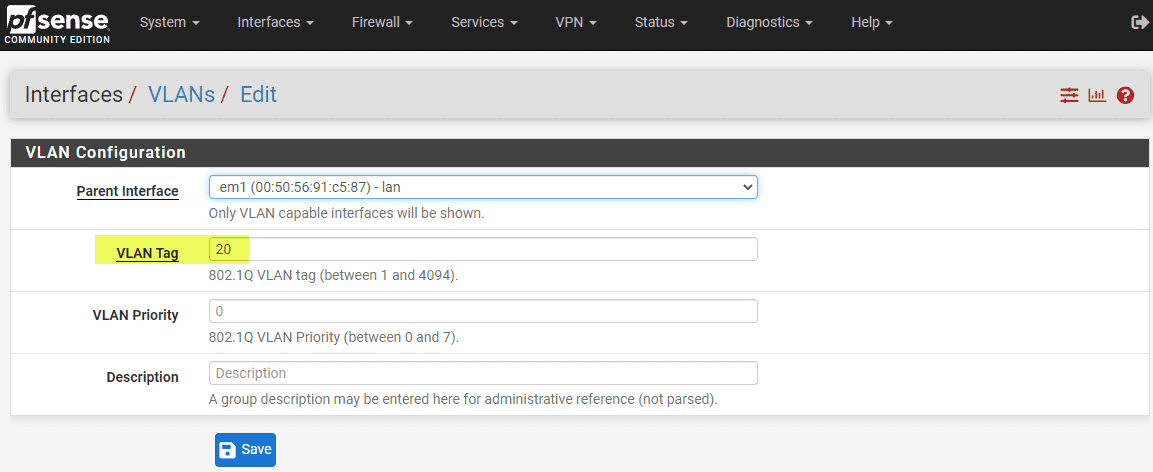
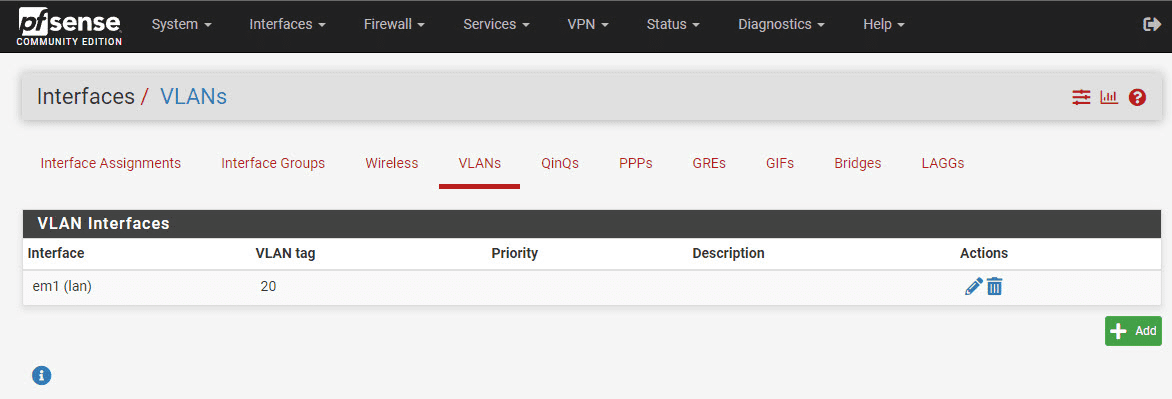
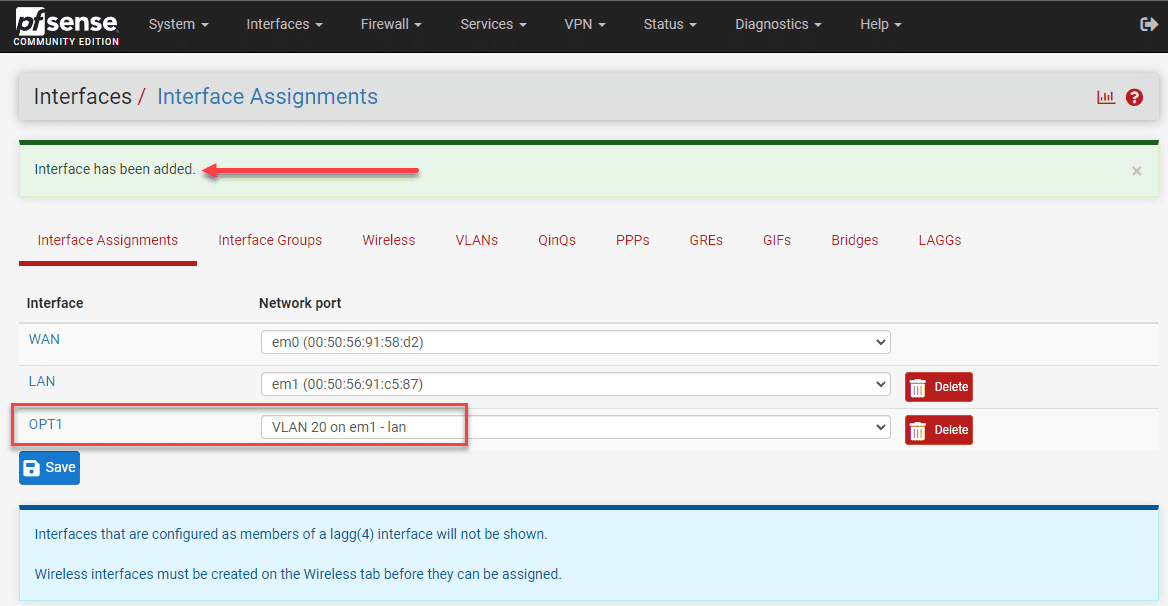
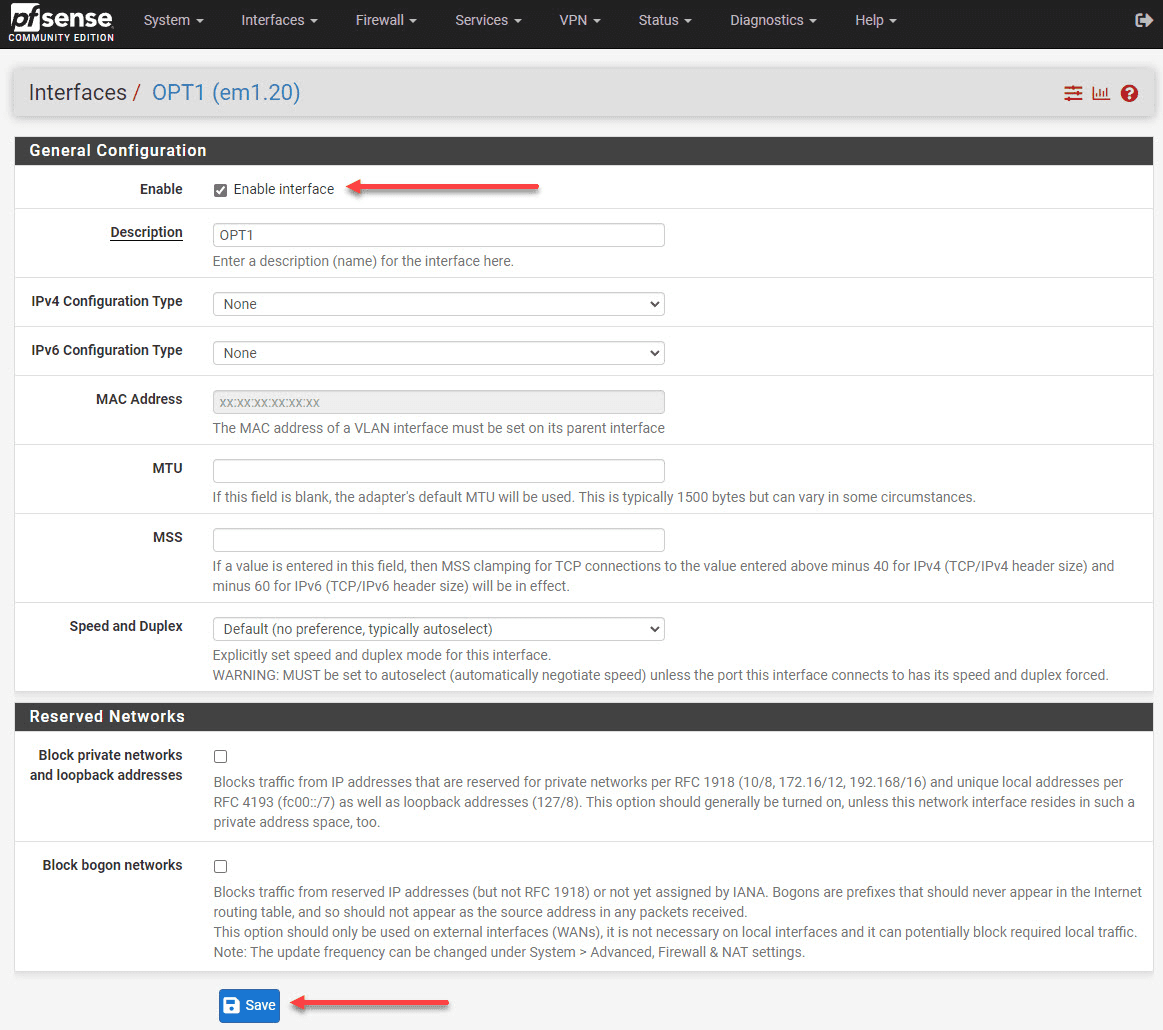
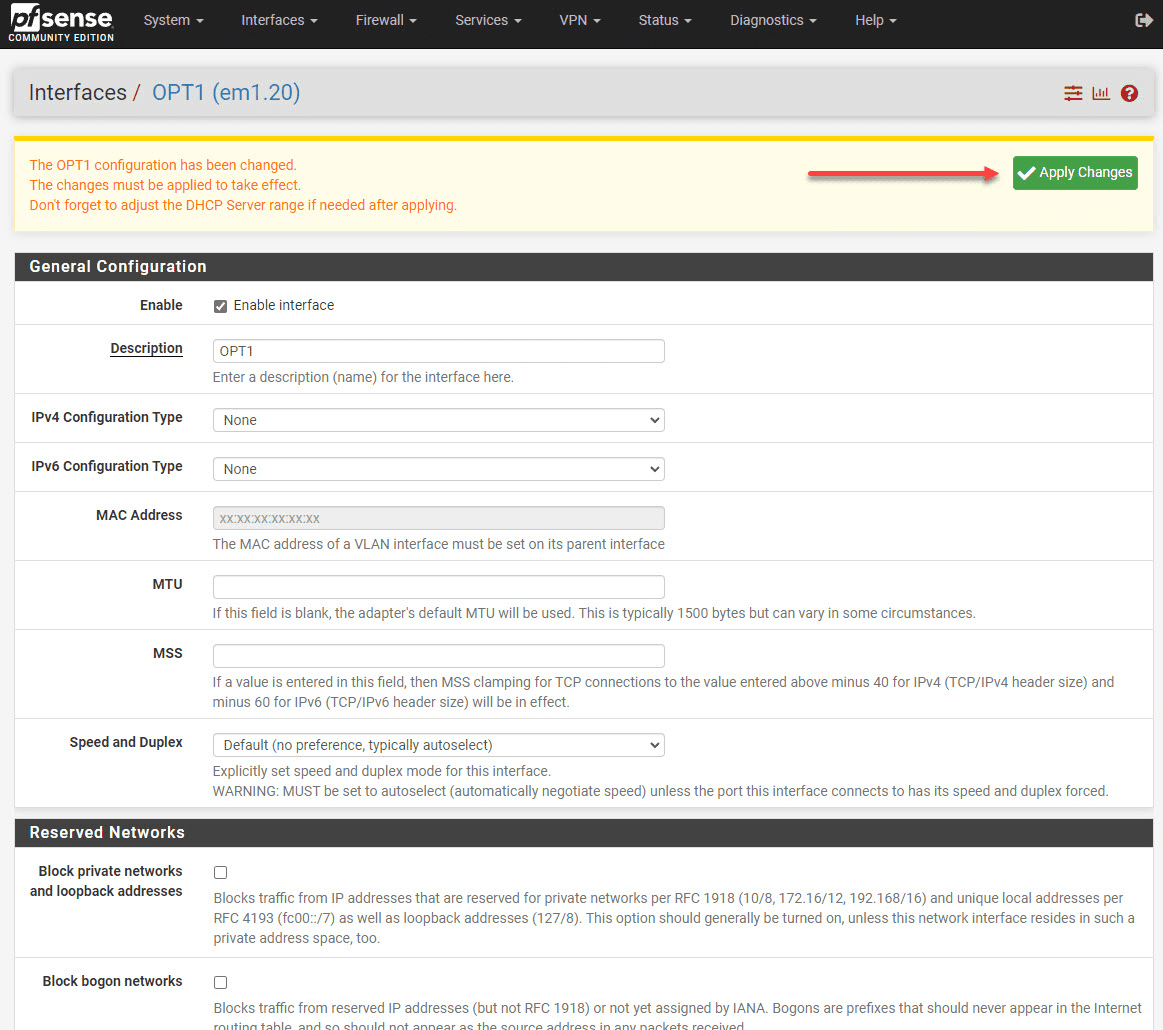
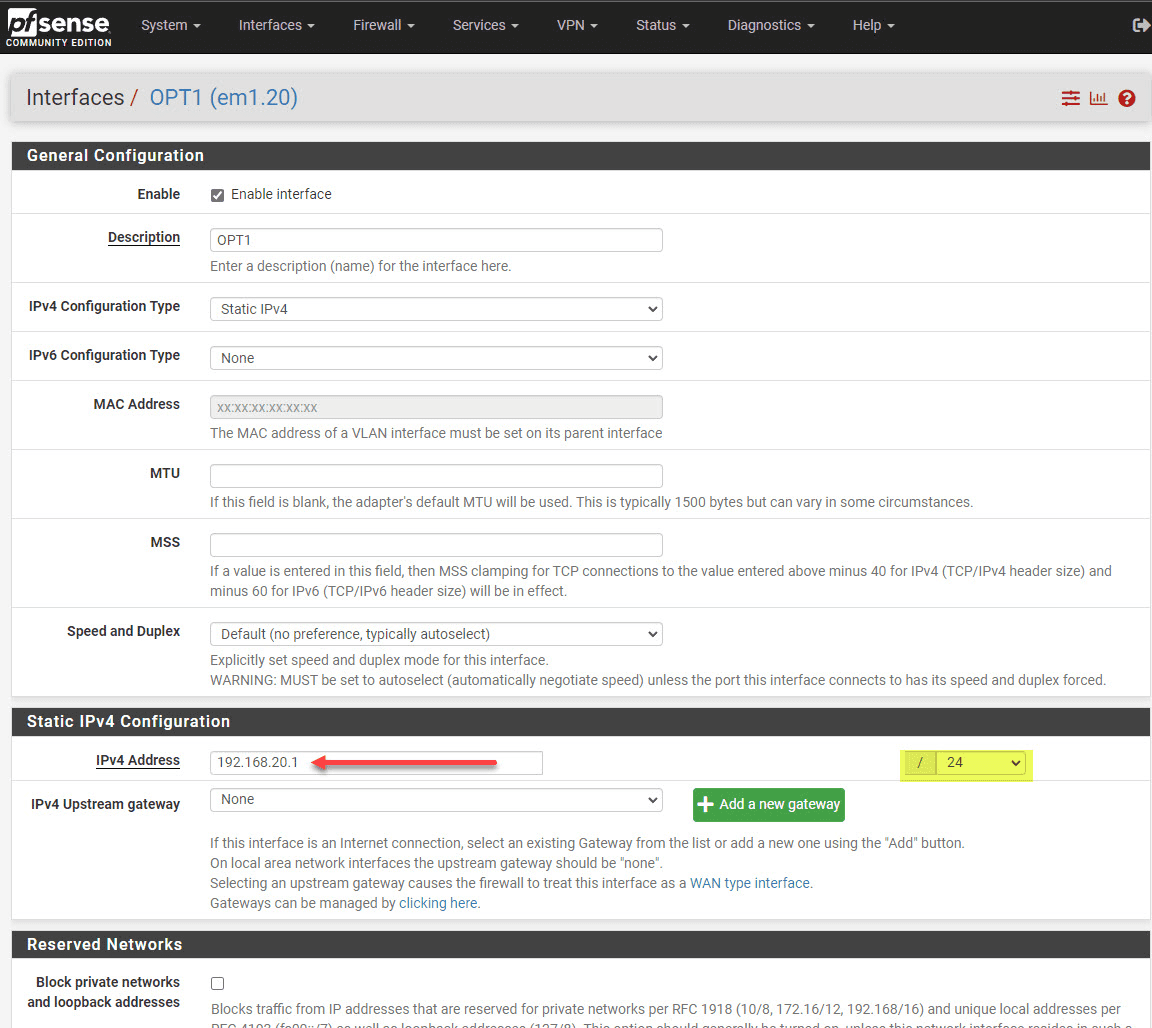
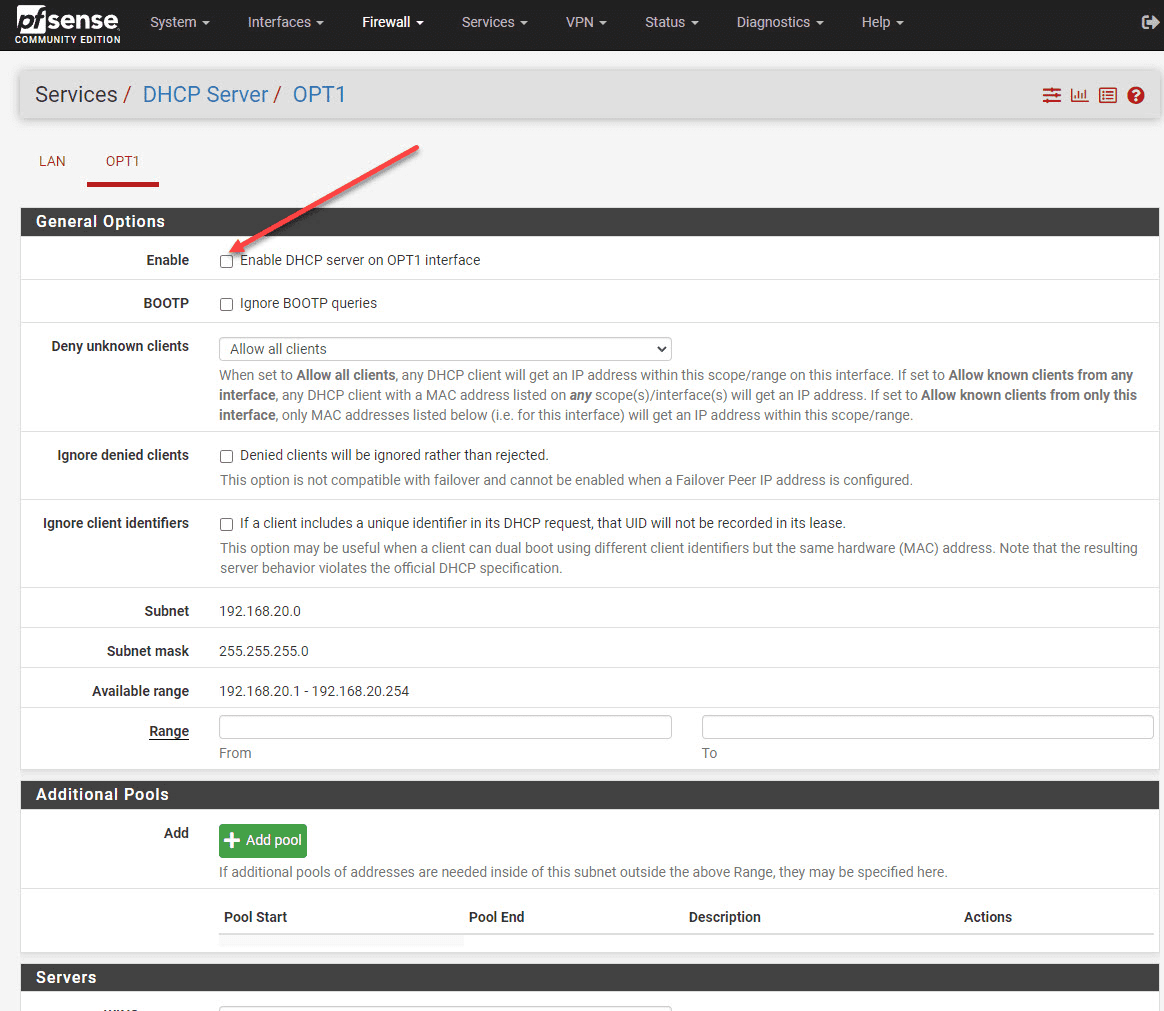
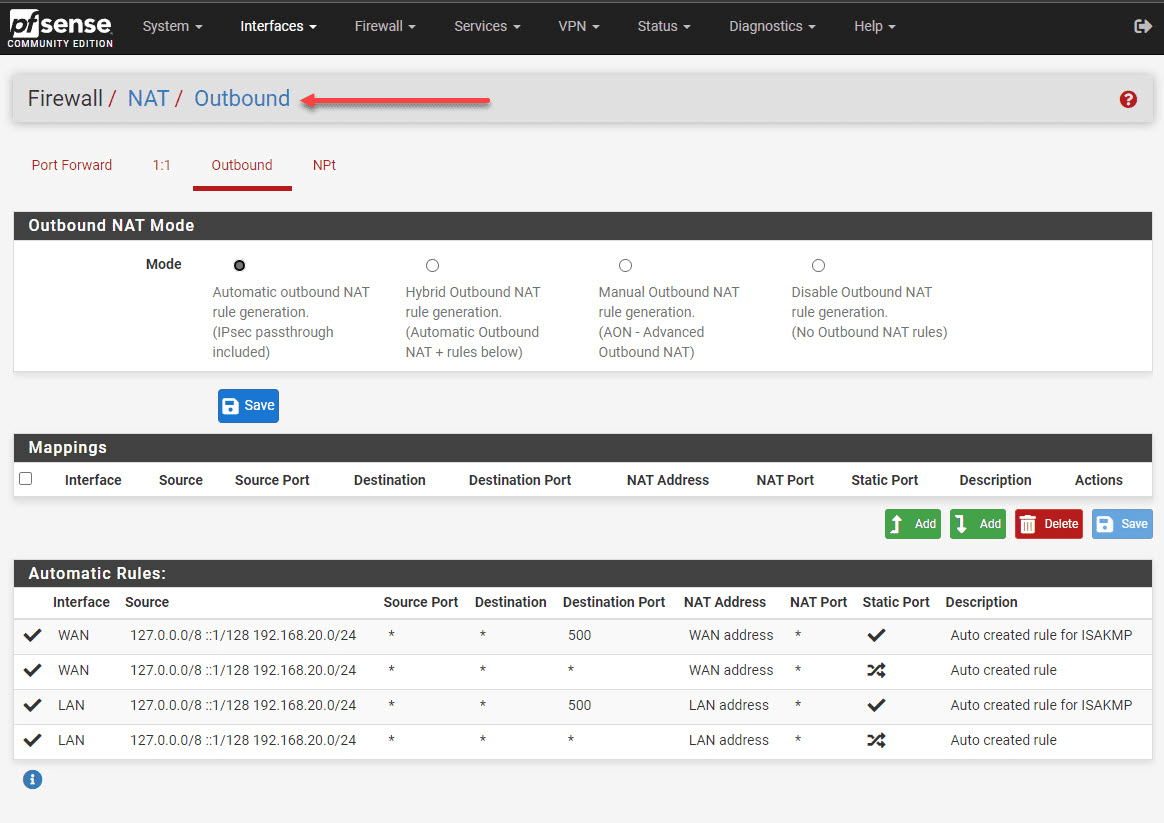
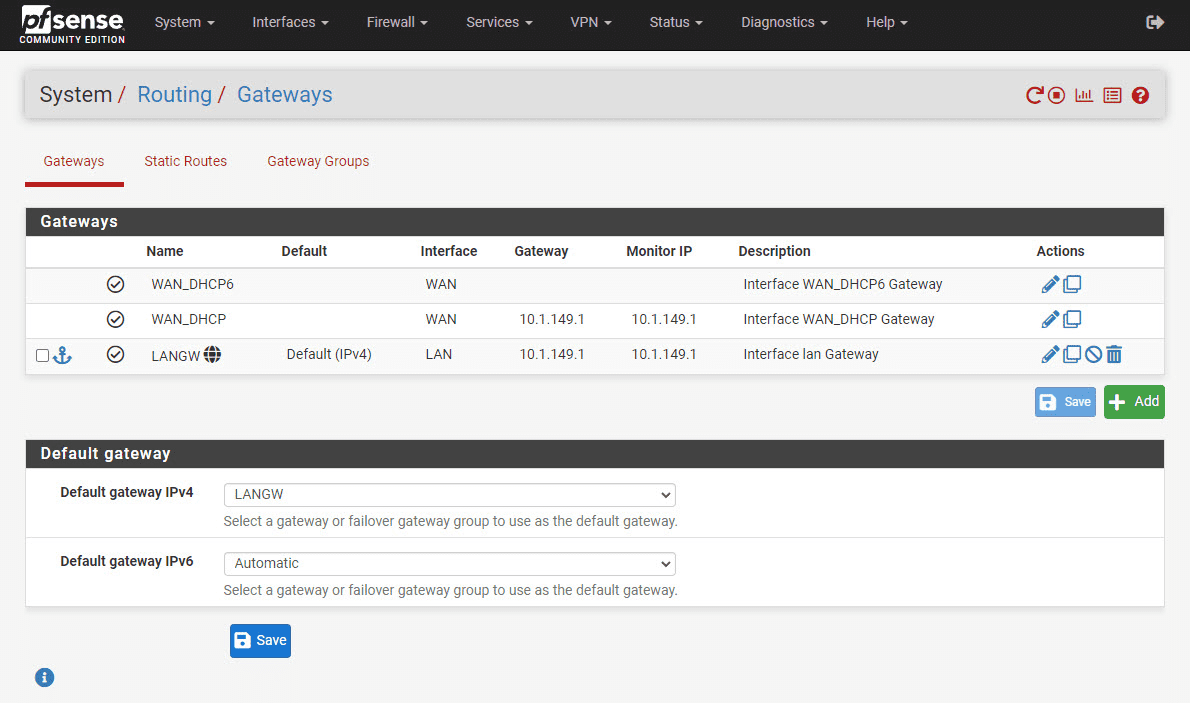
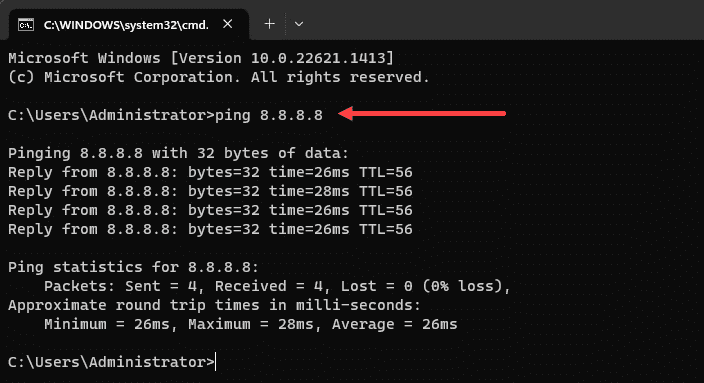
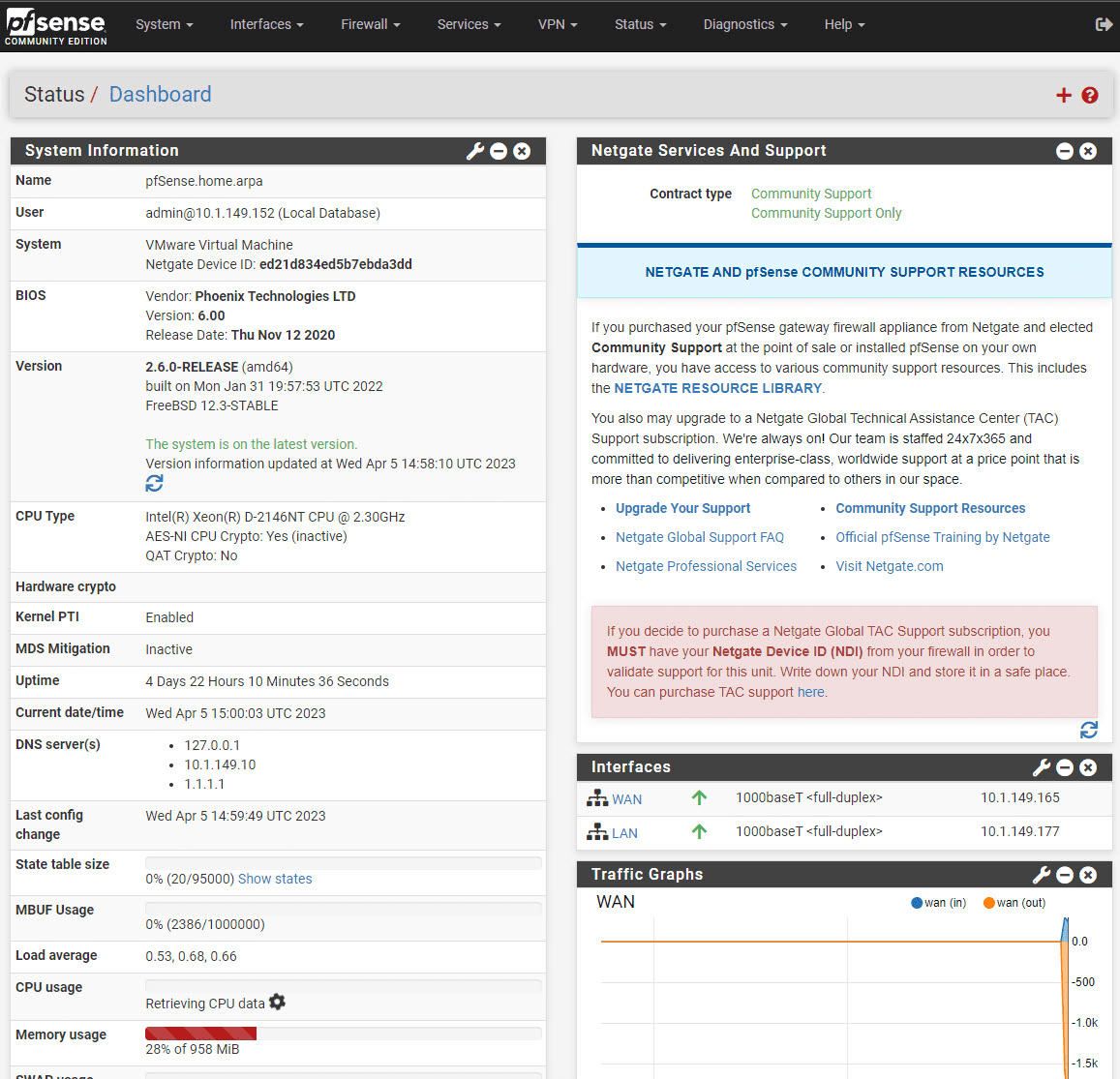
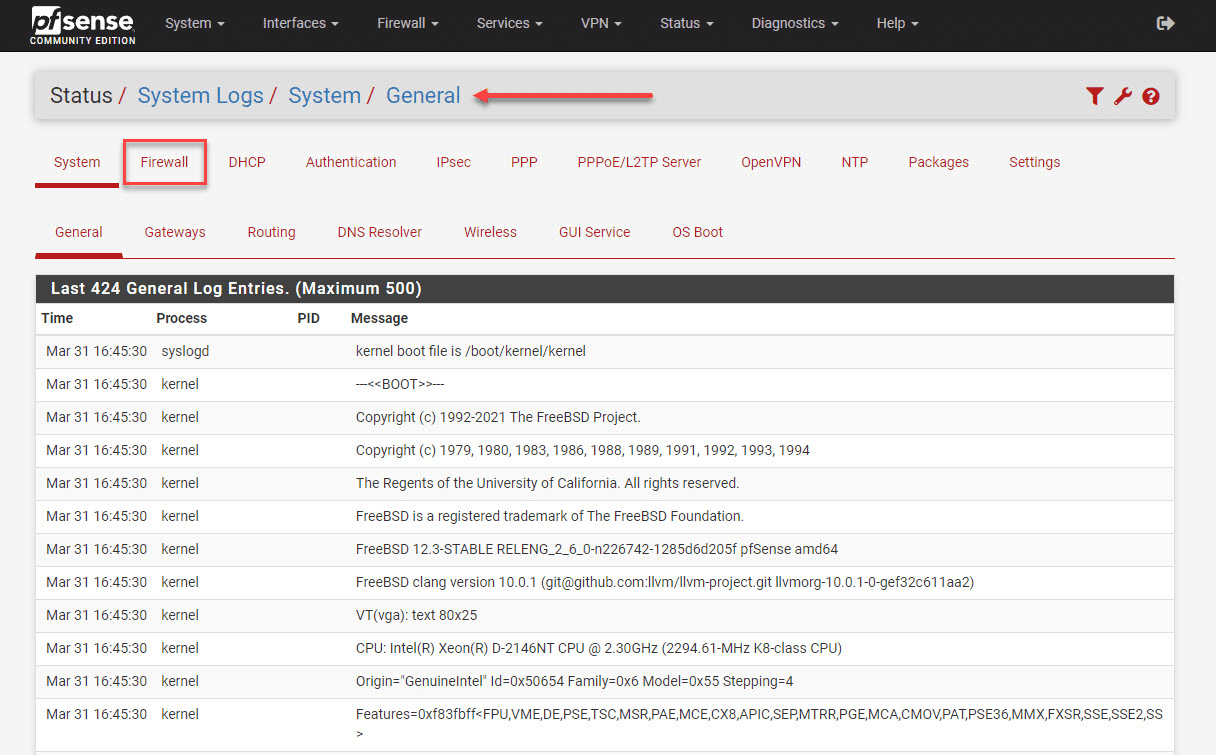
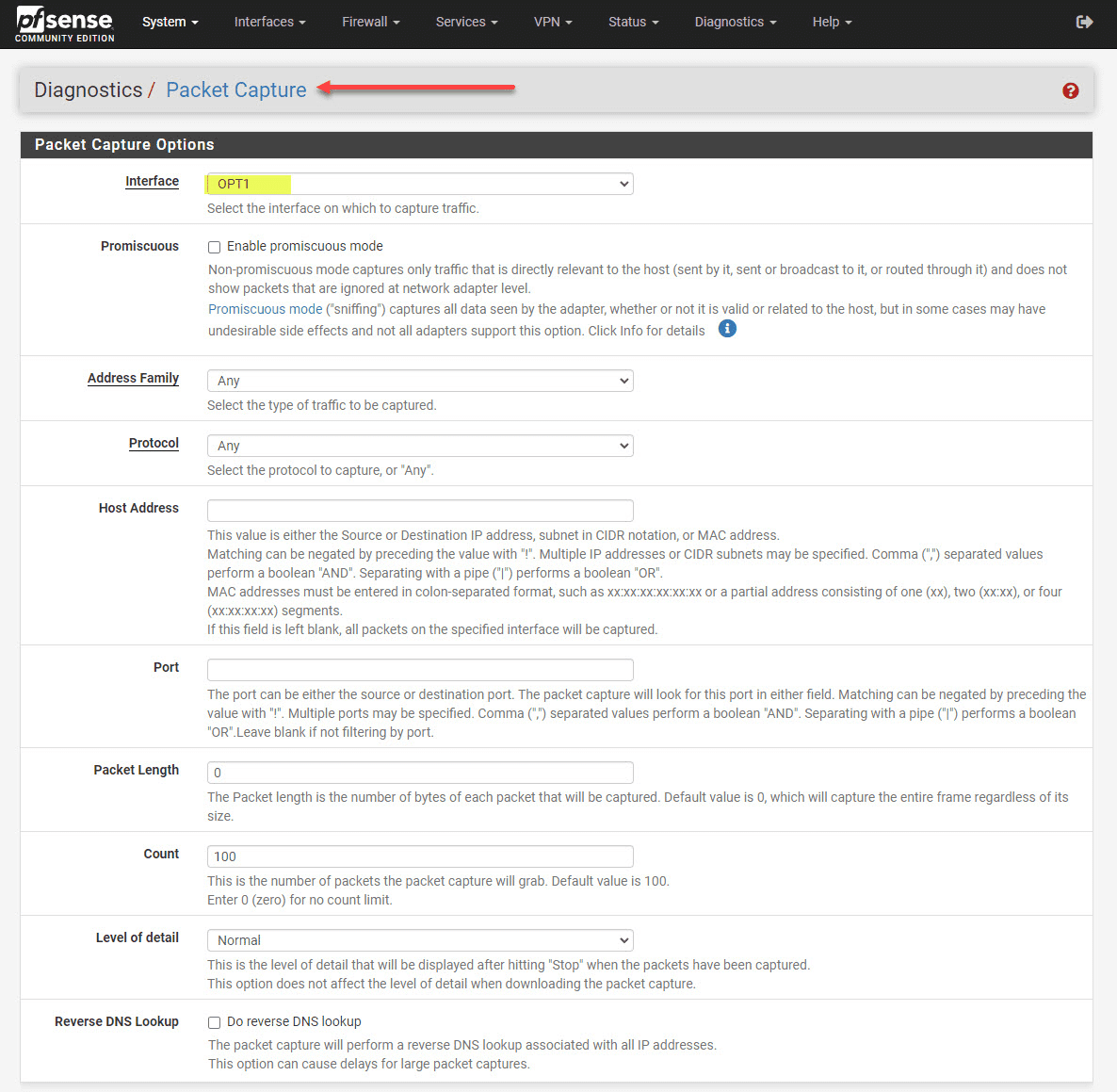
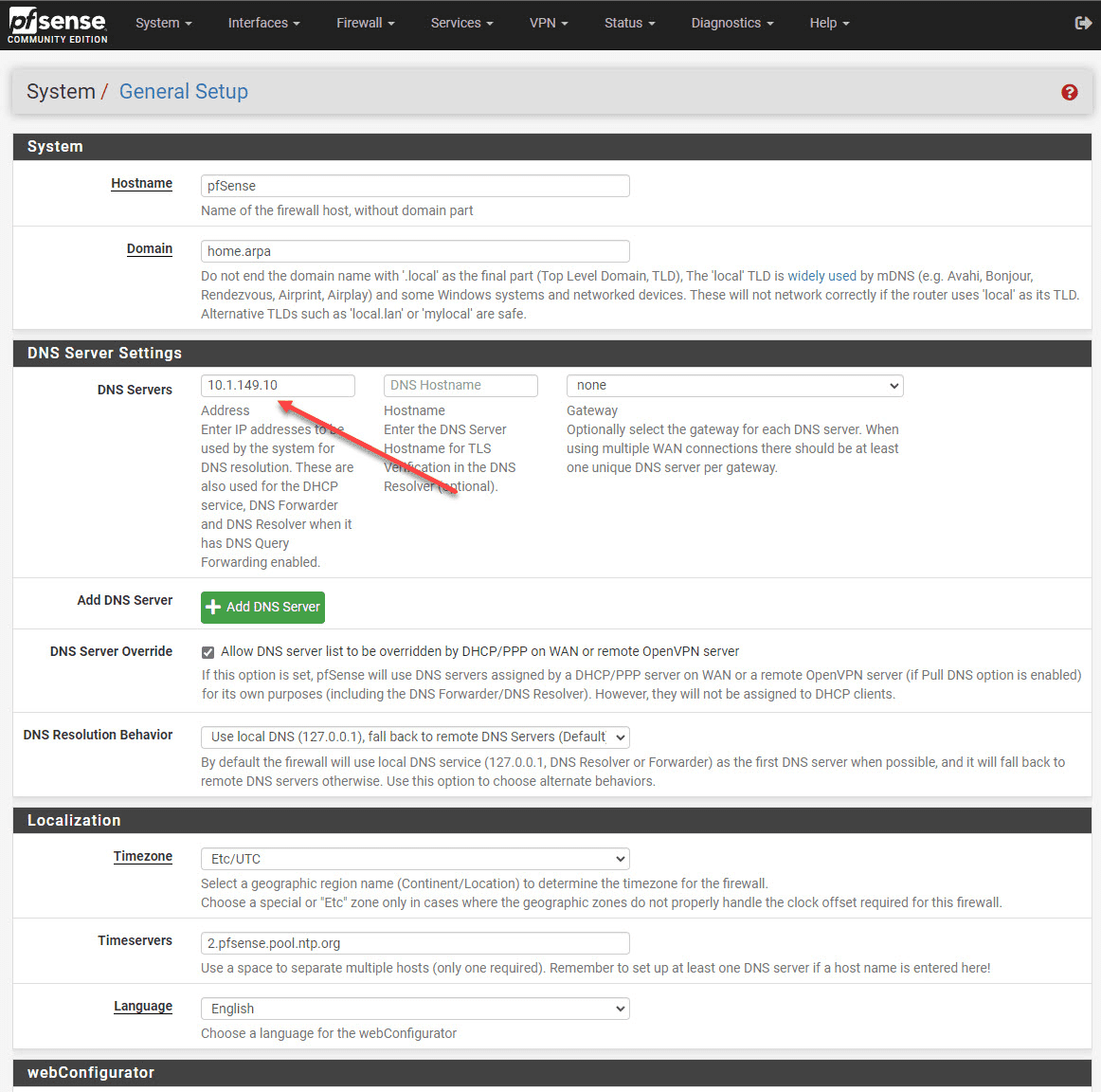
0 Comments